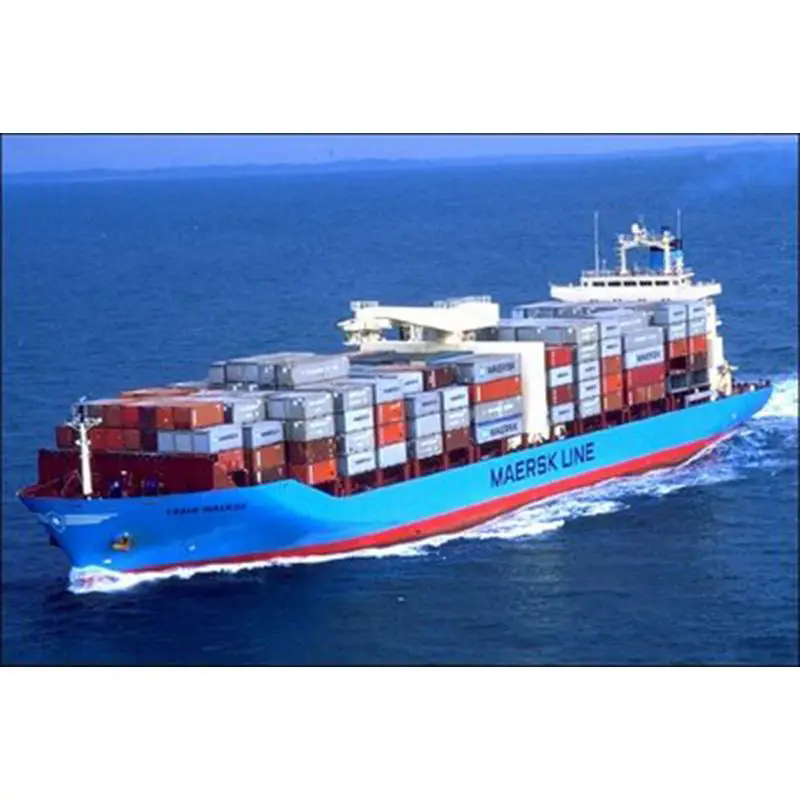Why is Sea Freight an Essential Solution for Global Trade?
2024-12-11
In the world of international trade, transporting goods across borders is a crucial aspect of business. Among the various transportation options available, sea freight stands out as one of the most widely used methods. But why is sea freight so important, and what makes it such a popular choice for businesses around the world?
1. What Are the Benefits of Using Sea Freight for International Shipping?
Sea freight offers several advantages, making it a go-to choice for businesses shipping large quantities of goods internationally. One of the key benefits is its cost-effectiveness. Compared to air freight, sea freight is significantly cheaper, particularly when it comes to shipping large or heavy goods. This makes it an attractive option for companies looking to reduce shipping costs while still delivering products globally.
Additionally, sea freight allows for the transportation of a vast array of goods, from raw materials to finished products. It can accommodate large containers, heavy machinery, and bulk shipments, making it versatile for industries ranging from manufacturing to retail. The ability to move large volumes of goods at once is another reason why sea freight is favored by businesses involved in global trade.
2. Why Is Sea Freight Essential for Long-Distance Shipping?
When it comes to long-distance shipping, sea freight is often the most reliable and efficient option. While air freight may be faster, it comes with a much higher price tag and is generally not feasible for bulk shipments. Sea freight, on the other hand, can handle large volumes of cargo over great distances, making it ideal for international trade routes that span across continents.
With advanced port infrastructure and shipping technologies, goods can be transported safely and securely over long distances by sea, ensuring timely deliveries to global markets. Whether it's moving products from Asia to Europe, or the Americas to Africa, sea freight plays a pivotal role in connecting businesses across the globe.
3. How Does Sea Freight Impact the Environment?
While sea freight is an efficient and cost-effective solution for global shipping, it also has a significant impact on the environment. Shipping by sea accounts for a notable portion of global carbon emissions, contributing to air pollution and climate change. However, there are efforts underway to make the maritime industry more sustainable.
New technologies, such as cleaner fuels, more energy-efficient ships, and stricter environmental regulations, are helping to reduce the environmental impact of sea freight. Companies and organizations are also exploring ways to optimize shipping routes and reduce fuel consumption to create a greener, more sustainable supply chain.
4. What Role Does Sea Freight Play in Global Supply Chains?
Sea freight is a cornerstone of global supply chains, providing a reliable and cost-effective method of moving goods from one country to another. Many businesses rely on sea freight for their international shipments, as it allows them to import raw materials, components, and finished products at scale. It is particularly essential for industries such as automotive, consumer goods, and electronics, where large shipments are necessary to meet demand in various markets.
As the demand for global trade continues to grow, sea freight ensures that businesses can efficiently move products across borders and meet the needs of consumers worldwide. In this way, sea freight is indispensable for maintaining the flow of goods that power global economies.
5. Why Should Businesses Consider the Speed of Sea Freight?
One of the common misconceptions about sea freight is that it is slow compared to air freight. While it's true that shipping by sea takes longer, the speed of sea freight can still be competitive, especially when factoring in the overall cost savings. Depending on the shipping route and the nature of the cargo, sea freight can still be a viable option for businesses looking to balance delivery time with budget constraints.
Furthermore, advancements in logistics and shipping technology have made it possible to expedite sea freight processes. With better planning, improved tracking systems, and modern shipping vessels, many companies can optimize their shipping schedules and ensure that goods reach their destination on time.
6. How Does Sea Freight Compare to Other Shipping Methods?
Sea freight is just one option for moving goods, but it often provides clear advantages over other methods like air, rail, or road transport. Compared to air freight, sea freight is far more economical, making it ideal for businesses that need to move large volumes of goods but are not in a hurry to deliver them.
In comparison to road or rail transport, sea freight allows businesses to bypass land transport congestion and reduce the risk of delays caused by traffic or other local factors. Sea freight also offers the ability to transport goods internationally, making it the best choice for global shipments, especially when other methods are limited by geography.
7. Why Do Businesses Need to Understand Sea Freight Regulations?
For companies involved in international trade, understanding sea freight regulations is crucial to avoid delays, fines, and other logistical issues. Each country has its own set of rules and customs procedures regarding imports and exports, and these can vary depending on the type of goods being shipped.
Compliance with international shipping laws, including documentation requirements, tariffs, and safety standards, is essential to ensure smooth and efficient shipping. Businesses that are unfamiliar with the complexities of sea freight may need the assistance of freight forwarders or logistics experts to navigate the regulations and handle the paperwork.
8. How Can Businesses Minimize Costs and Maximize Efficiency with Sea Freight?
While sea freight is already a cost-effective option, businesses can further minimize costs and maximize efficiency by optimizing their shipping practices. This includes consolidating shipments, negotiating with shipping providers, and choosing the most suitable shipping routes.
Technology plays a crucial role in improving the efficiency of sea freight, with advanced tracking systems and better route planning enabling businesses to reduce unnecessary delays and costs. Additionally, by using containers more efficiently and reducing waste in the supply chain, businesses can maximize the use of space and ensure that their products reach their destinations without excess cost or delay.
Sea freight remains one of the most essential and cost-effective solutions for global trade. Despite its environmental impact and slower delivery time compared to air freight, it offers numerous advantages for businesses looking to move large quantities of goods internationally. With ongoing advancements in shipping technology and sustainability efforts, sea freight will continue to play a vital role in shaping the future of global logistics.



